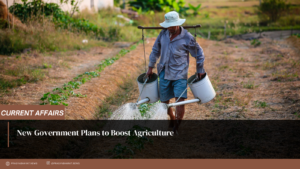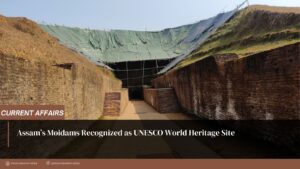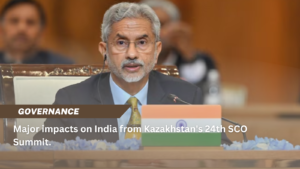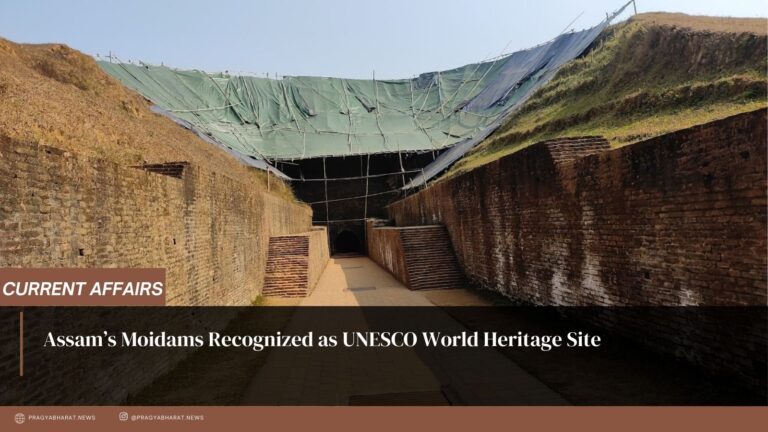Trade initiatives, immigration posts, and new rail links open the door for friendship and regional growth.
India and Bhutan have collaborated to strengthen their amicable ties and investigate new avenues for regional connectivity, a noteworthy development. Bhutan’s King Jigme Khesar Namgyel Wangchuck and Indian Prime Minister Narendra Modi recently met in New Delhi, where they decided to work together on a number of projects aimed at improving connectivity and assisting Bhutan’s ambitious plans to build a smart city at Gelephu, on the border between Bhutan and Assam.
A significant agreement is the completion of the final survey for the 58-kilometer cross-border rail link that India is going to build between Gelephu and Kokrajhar in Assam. Not only could this rail link increase trade, but it could also enhance regional transportation. The two nations are also looking into the possibility of building a second rail link, which would run roughly 18 kilometers and connect Samtse, Bhutan, with Banarhat, in the West Bengal tea gardens region. These rail projects have the potential to significantly improve air connectivity and cross-border trade, particularly for the northeastern Indian population.
Additionally, it has been agreed by India to permit the transportation of goods used in Bhutanese trade from Haldibari, West Bengal, to Chilahati, Bangladesh. It is anticipated that this action will boost regional trade and create new chances for economic expansion. Notably, these endeavors are consistent with Bhutan’s intention to construct an international airport at Gelephu as a component of the broader Sarpang district Special Economic Zone. The Bhutanese King is scheduled to make an announcement regarding this new development, which aims to improve economic opportunities and facilitate international trade.
Beyond trade and infrastructure, India and Bhutan have a close partnership. Additionally, the two countries have decided to modernize immigration and border posts. This will allow nationals of third countries to enter and exit through designated immigration check posts, which will not only improve security but also encourage tourism and strengthen cross-cultural exchanges. The commitment to further advancing Bhutan’s socioeconomic development and the significance of connectivity in the region are emphasized in the joint statement released following the meeting.
These initiatives come at a critical moment for Bhutan. The COVID-19 pandemic has had a significant negative impact on the nation’s economy, which is predicted to improve slowly. Concern has also been raised about the net-out migration of young Bhutanese people who are looking for work and education opportunities abroad. Bhutan’s economic difficulties are exacerbated by a lack of foreign exchange reserves and a significant government debt, the majority of which is owed to India.
By generating job and tourism opportunities, the Bhutanese King’s vision for Gelephu and the Special Economic Zone offers hope. Plans discussed at this meeting show a dedication to advancing Bhutan’s goals of development and prosperity.
The process of Bhutan and China working towards a border delimitation agreement is not specifically mentioned, but it is evident that India is still doing a lot to deepen its relationship with Bhutan. These cooperative initiatives support the greater objective of shared prosperity in addition to bolstering regional stability.
Stronger economic ties between India and Bhutan are expected to result from King Jigme Khesar Namgyel Wangchuck’s visit to Mumbai, where he will meet with prominent business houses. The realization of a common goal for regional development and well-being is at the heart of these two countries’ partnership, which goes beyond simple connectivity.

















